
The primary goal of advertising and marketing efforts for a product is to improve business by increasing sales volume, achieving better pricing, or entering new markets.
Producers of geographical indication (GI) products pursue similar objectives, including:
- Enhancing awareness about the GI product.
- Improving the market image of the GI product.
- Increasing customer satisfaction to retain existing customers.
- Attracting new customers.
- Differentiating themselves from competitors.
To achieve these goals, a proper market analysis is essential to target customers effectively. Below is a summary of global market trends and predictions for the date market:
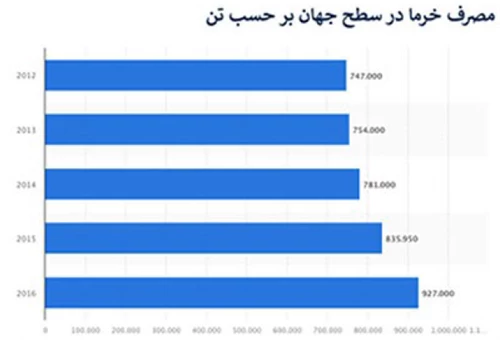
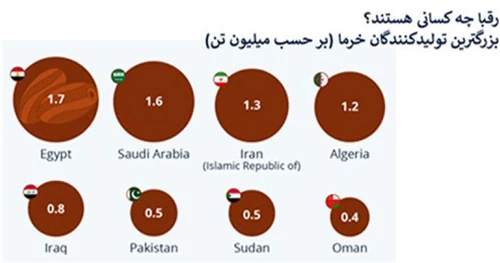
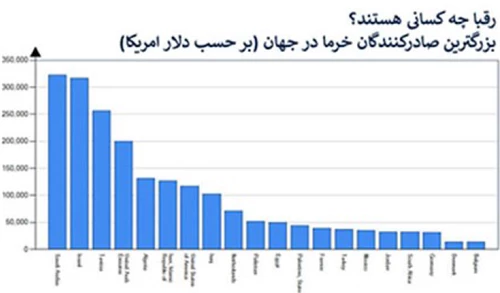
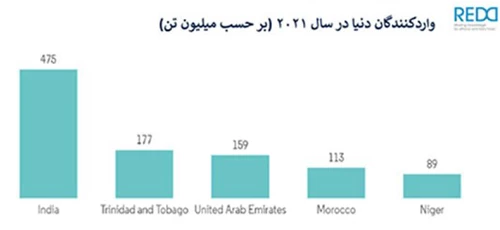
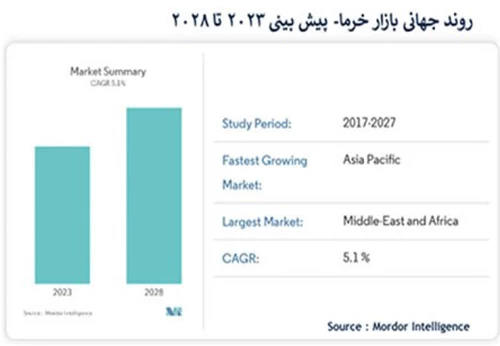
Global Market Overview
According to findings by the expert team of the Iran-Switzerland Intellectual Property Project (IRISIP), consumption in European markets, including France, Germany, the UK, and the Netherlands, is on the rise. European consumers are seeking healthier snack alternatives, such as snacks that can replace main meals. Younger consumers are transitioning from sugary snacks like candy and chocolate to options with lower sugar content. There is also significant interest in incorporating dates into athletes' diets.
Given this information, it’s crucial to determine:
- Who are your final buyers?
- Where do you want to sell your products?
- Who are your competitors in this specific market?
Developing a Marketing Strategy: When creating a marketing strategy, ask yourself:
- What message about your product do you want to convey to the consumer?
- What makes your product unique?
- What story can you tell the consumer about your product?
Storytelling, along with guaranteed quality and authenticity, forms the essence of marketing GI products. This includes explaining:
- How the product is made, including the natural conditions and traditional production methods used.
- The role of all individuals involved in the process.
- Why the consumer should prefer your product over alternatives (e.g., health benefits, sustainability advantages, etc.).
The narrative, combined with consistent product quality, is what engages consumers and makes them interested in your product.
Market Types for GI Products:
- Local Market: The local community is your first group of supporters. Although local consumers may not be numerous or have high purchasing power, they are often the first to praise your product and act as its ambassadors. They likely already know you and understand how your product is made, creating a personal connection and pride in the local product.
To target the local market:
- Collaborate with local councils, agricultural services, or other relevant governmental entities.
- Promote the product through tasting events, exhibitions, and visits to schools or institutions.
- Invite local media to cover your production activities.
- Open a shop in central locations like government buildings, transport terminals, or near tourist spots.
- Build a local community network on social media.
- Tourism Market: If your GI product:
- Is produced in tourist destinations.
- Is lightweight and secure for transportation.
- Is durable and storable.
- Engages the consumer's senses.
- Has a strong narrative (refer to your product’s specifications document),
Then it has the potential to become a souvenir in the tourism market.
To target the tourism market:
- Collaborate with regional tourism authorities.
- Partner with hotels, resorts, and recreation centers to organize tasting events or festivals.
- Work with tour guides, travel agencies, and rental car companies to arrange visits to your production site.
- Collaborate with gift shops in tourist hubs.
- Place your products in gift shops at airports, bus terminals, or seaports.
- Urban Market: Urban residents, with relatively high purchasing power, are typically drawn to high-quality products with interesting stories. Café owners, fashion designers, and celebrity chefs are eager to hear and share such stories. To attract this audience:
- Develop a compelling narrative reinforced with attractive images.
- Collaborate with storytellers, bloggers, and social media influencers.
- Invite influencers to see your product up close and experience it firsthand.
- Create promotional materials like posters, brochures, and videos highlighting your product’s story.
In larger cities, direct sales to end consumers can be challenging. You may need to encourage specialty food stores and retailers to stock your product. These businesses will require certification to ensure the authenticity and quality of your GI product.
- Export Market: In the era of globalization, global consumers can easily access similar products, whether in Tokyo, New York, or Jakarta. However, these consumers are often looking for high-quality, unique products such as those with a GI logo.
Note that GI products have been recognized in Europe since the 15th century, with more products gaining certification worldwide. However, not all GI products are suitable for the global market due to cultural specificity or strict import requirements, especially for fresh goods like fruits, meat, and honey.
If your GI product meets the following criteria:
- Adheres to quality standards, food safety regulations, packaging, and traceability requirements.
- Has a high production volume?
- Possesses unique features, such as an exceptional taste or a compelling story.
Then it has the potential to become an export product.
Role of GI Management Associations: GI management associations play a key role in marketing and promoting GI products by guaranteeing their quality and authenticity. Membership in such associations facilitates collaboration among producers for collective marketing efforts. These associations also design GI logos to label products, assuring consumers of their uniqueness and unmatched quality.
Cost-Effective Marketing Tips:
- Invite local media to cover harvesting or production activities.
- Engage with local social media influencers for joint events, tastings, or discussions.
- Record and share videos and photos of the product, production process, and consumer feedback.
- Organize regular tasting events or social gatherings in your region.
Additionally, leverage territorial marketing by using your GI product as a regional flagship to highlight your area's attractions and opportunities. For example, review the case study of Argan Oil as a geographical indication product.